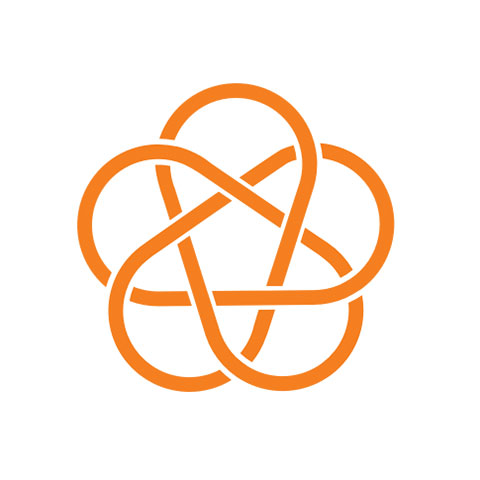Past events
Full listing
3:00pm - 4:00pm,
Zoom and 301 PSB
12:00pm - 1:00pm,
Zoom and 301 PSB
3:30pm - 5:00pm,
Zoom and 301 PSB
3:00pm - 4:00pm,
Zoom and 301 PSB
3:30pm - 5:00pm,
Zoom and 301 PSB
3:00pm - 4:00pm,
Zoom and 301 PSB
12:00pm - 1:00pm,
Zoom and 301 PSB
3:30pm - 5:00pm,
Zoom and 301 PSB

